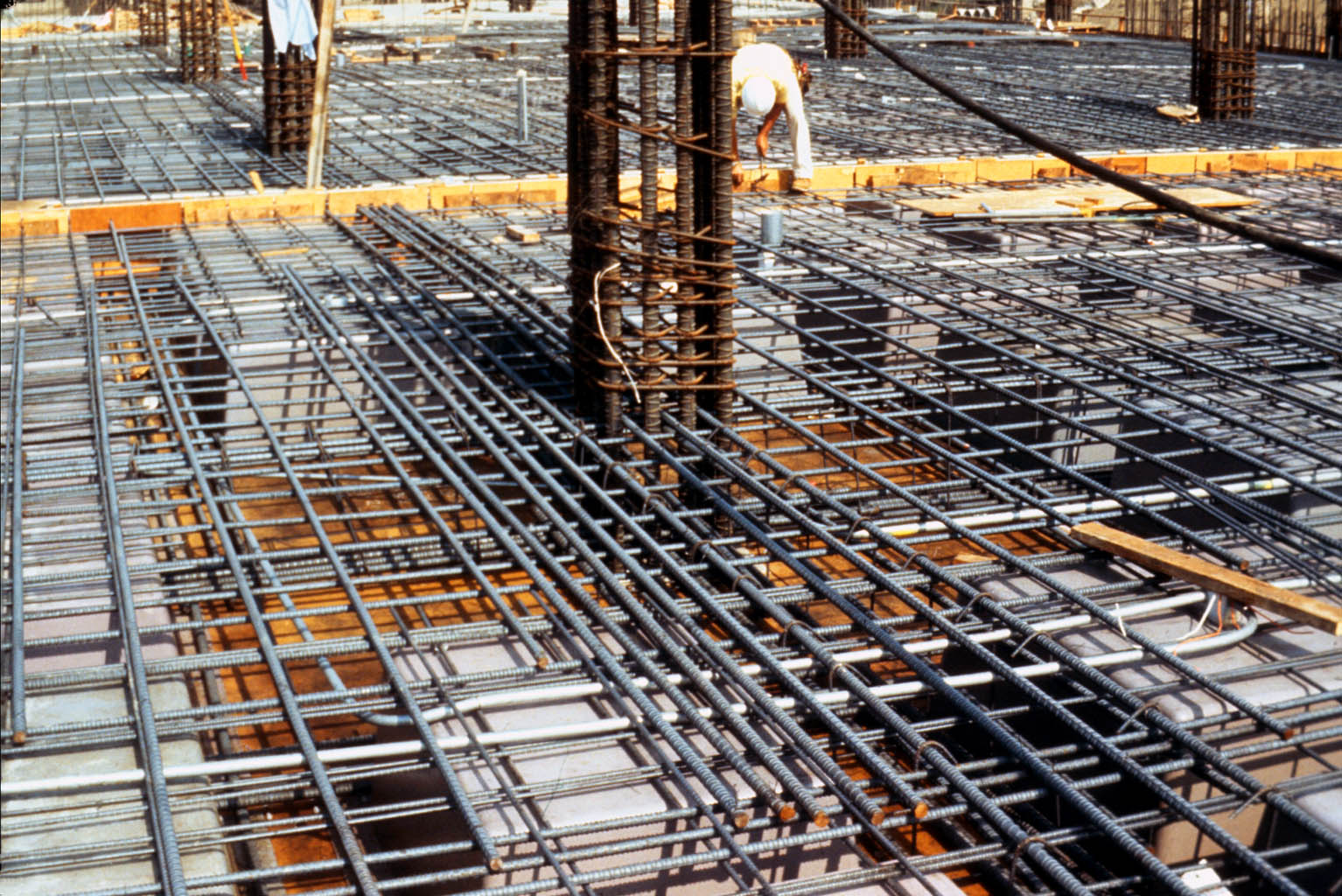The construction material made of cement, sand, and coarse aggregates mixed with water is concrete. Frequently, concrete is used as the foundation for most buildings and used to construct columns, slabs, beams, and other architectural features. The construction industry has advanced along with concrete, allowing well-planned placement, large quantity placement, and desired architectural finish features. It is essential to have a quality structure with accurate placement and a beautiful finished appearance. To achieve excellent results, concrete collaborates with other accessories to properly construct rigid structures. Concrete reinforcing materials help in completing an installation to the highest standard. The foundation is the most critical in construction, and it is imperative to recognize all features of concrete and concrete reinforcing accessories to guarantee standard installation.
Concrete Reinforcing Accessories
1. Steel Mesh
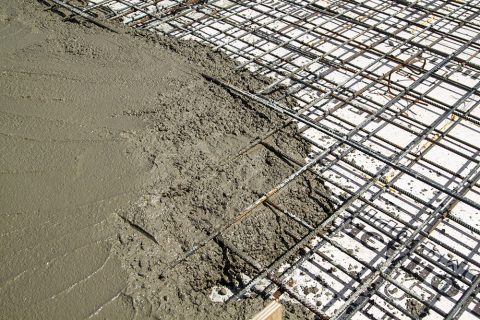
Steel mesh is highly durable made of long vertical and horizontal bars welded in conjunction to reinforce foundations during the construction, road surface, and bridge decks. The reinforced accessory not only improves safety but also reduces on-site construction time and costs. When used on road surfaces it lessens impacts on road users.
Welded bars make a firm anchor in concrete and there is no reinforcement shifting when concrete is poured. Steel mesh makes the placing uncomplicated and decreases time consumption.
2. Dowel bars

Dowel bars dispense a mechanical link between slabs without limiting horizontal joint movement. Installation of dowel bars is determined by the thickness of the pavement. Most dowel bars range between 32 to 38 mm in diameter with a length of 460 mm and they are spaced at a distance of 305mm apart from each other. They are round, durable, and coated with stainless steel to protect them from rusting.
Dowel bars give a structured way of debonding when a pliable PVC sleeve, closed at one end pushes over the end of dowel bars. They transmit load but permit adjacent slabs to dilate or dwindle independent of one another.
3. Tie Bars
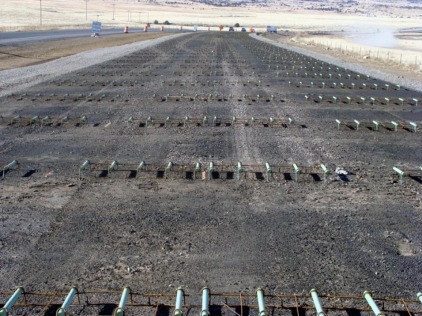
Tie bars are deformed steel bars used to hold the faces of adjoining slabs in contact and are commonly used at elongated joints. They are also used to lessen oblique cracking. Tie bars range from 0.6 and 1.0m long and in diameter, they are 12.5 mm. Typically, tie bars do not act as load transfer devices.
4. Rebar Ligatures
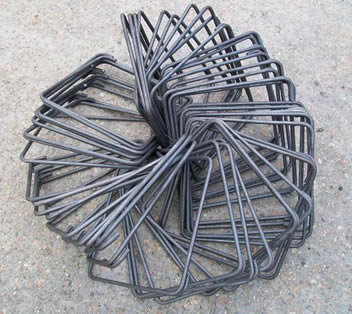
Rebar Ligatures are also known as stirrups. The steel reinforcement is mostly tied to the top and the bottom of reinforcing rods, which creates a column to amplify the compressive robustness of concrete footings and beams.it is concealed in the concrete to strengthen concrete. Ligatures come in different diameters, the most common being 5.6mm, 6mm, and 10mm.
5. Bar chairs
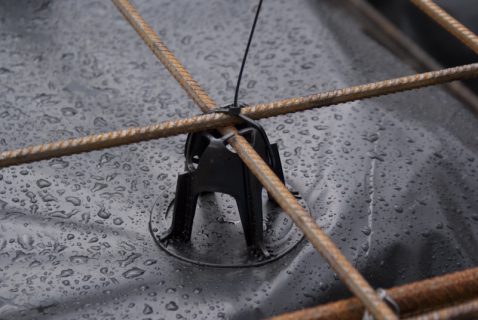
Bar chairs play a big role in construction; they guarantee precise coverage of concrete over the reinforcement area. The concrete reinforced accessory is perfect for structures with deep slabs such as roads and commercial structures. Plastic bars range in sizes and shapes with a package of 100 bar chairs in one bag.
6. Trench Mesh
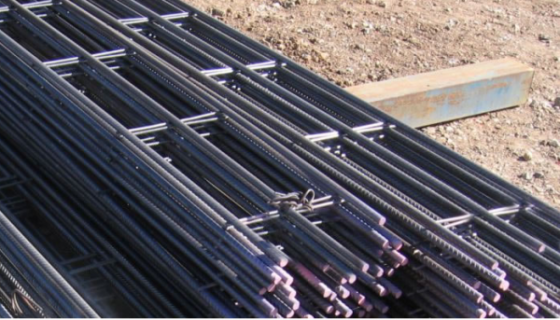
Trench meshes are mainly used in house footings, rock walls, and brick walls. They are long slender sheets of concrete reinforcing mesh that are commonly used in narrow spaces. Trench mesh is 7.6 mm- 15.6 in diameter, 6.0 m long with a width that ranges from 200mm- 500mm and they are specific for residential footing trenches.
Produced from grade D500L ribbed reinforcing wire, Trench Mesh is a perfect solution for a stronger construction
7. Ute Mesh
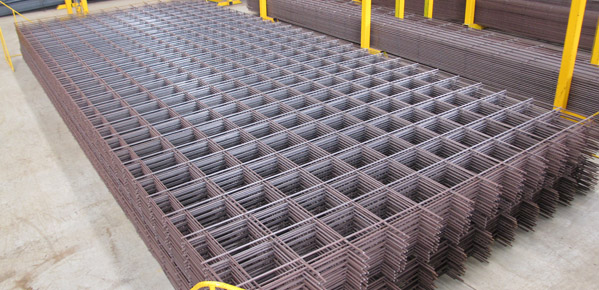
Ute meshes are multi-functional concrete steel reinforcing meshes used in footpaths, driveways, fencing trellises, pavements, and precast panels. They are ideal for small jobs and come in size 4m by 2m. It’s advisable to set Ute Mesh sheets upon concrete chairs for excellent results.
